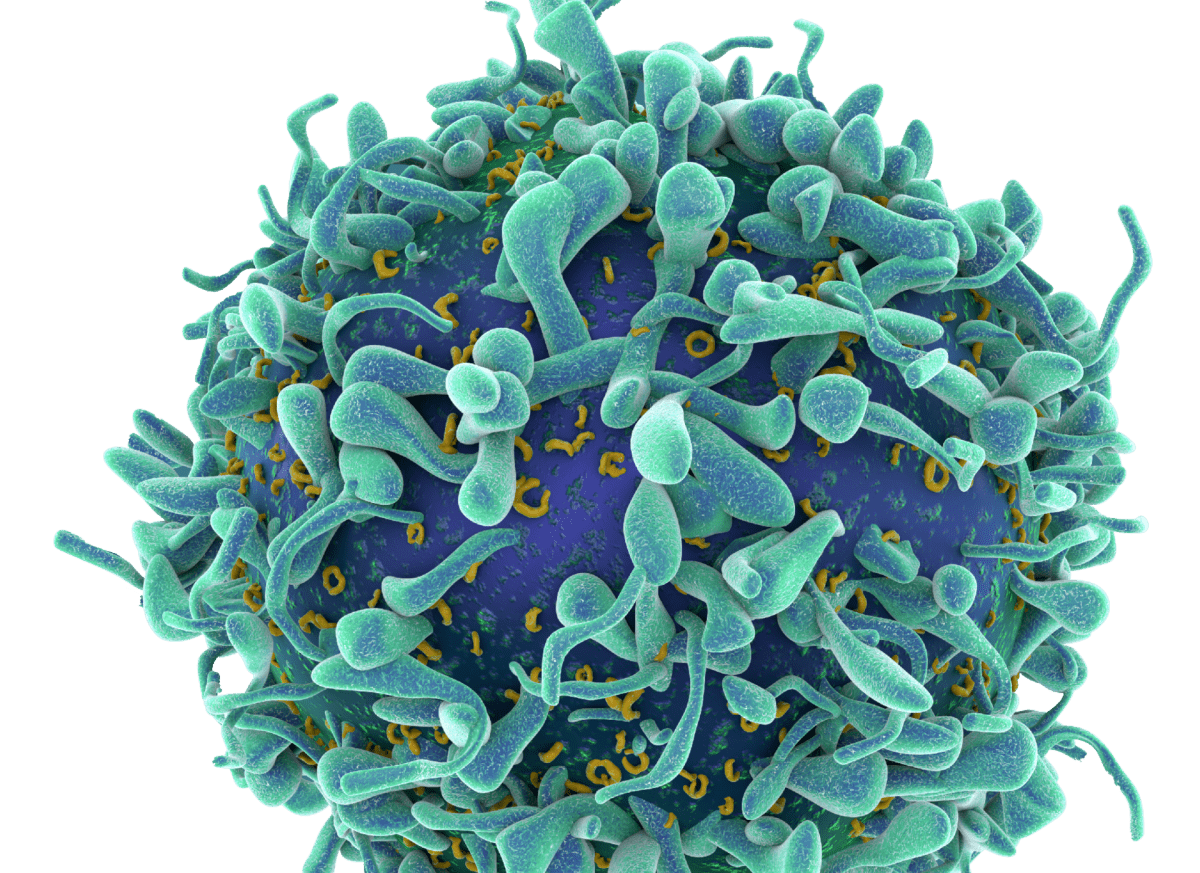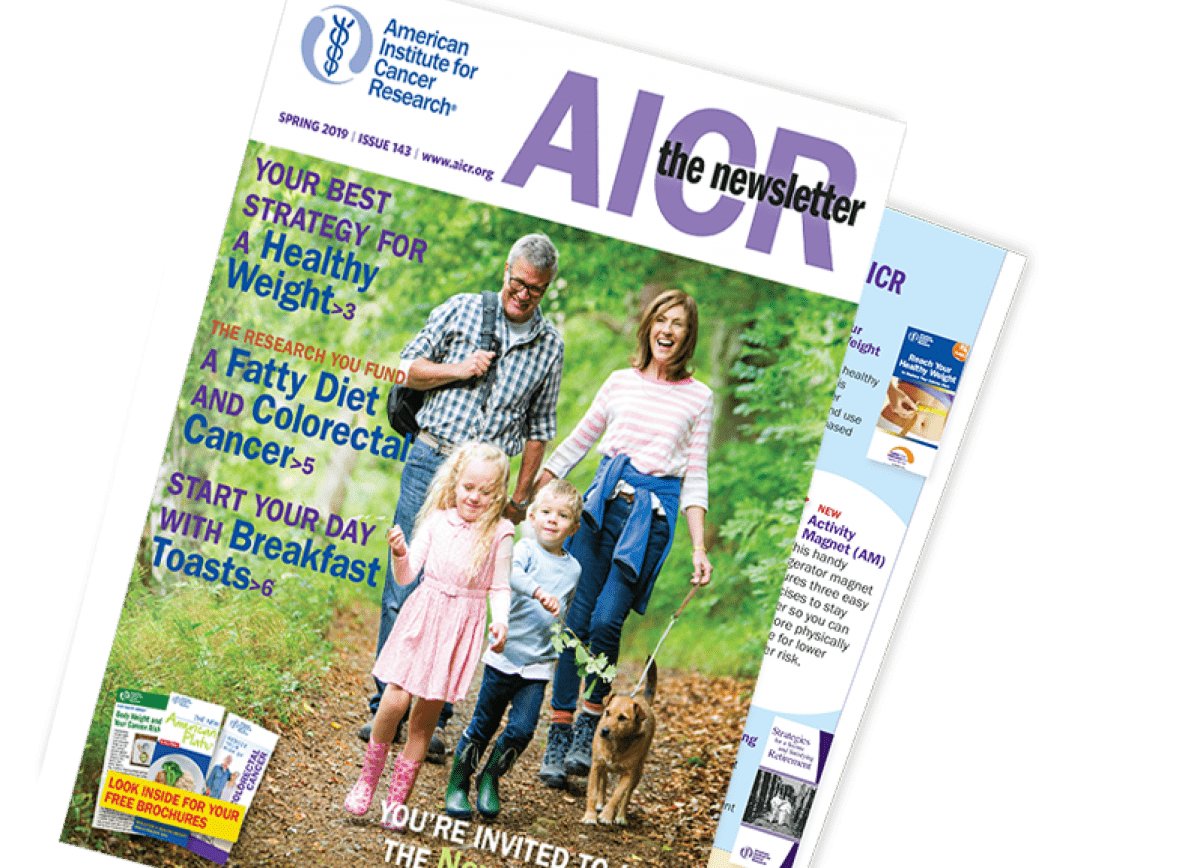Summer 2022 Archive
The American Council on Gift Annuities announced new, higher recommended rates effective July 1. Most one-life rates will be 0.4% to 0.6% higher than rates previously in effect. Higher rates mean slightly lower charitable deductions, however. Consider a donor, age 75, who establishes a $10,000 cash gift annuity with quarterly payments and the use of July’s §7520 rate of 3.6%. The chart shows how the donor’s situation changes using the old and new recommended rates:
Old rates |
New rates |
|
Payout |
$540 (5.4%) |
$600 (6.0%) |
Deduction |
$5,336.10 |
$4,817.80 |
Tax-free portion |
$376.38 |
$418.20 |
Recommended gift annuity rates approved in May 2020 assumed an annual compound interest rate of 2.75%, while new rates assume an interest rate of 3.5%. The top one-life rate, applicable to annuitants age 90 or older, is 9.1%, compared with the old rate of 8.6%. Higher recommended rates also apply to two-life annuities. Rates are intended to provide a 50% residuum to charity at the donor’s death.
The charts below show the new recommended one-life rates.
UNIFORM GIFT ANNUITY RATES SINGLE LIFE |
Age |
Rate |
Age |
Rate |
5-8 |
2.9% |
69 |
5.2% |
9-19 |
3.0 |
70 |
5.3 |
20-27 |
3.1 |
71 |
5.4 |
28-32 |
3.2 |
72 |
5.5 |
33-37 |
3.3 |
73 |
5.7 |
38-40 |
3.4 |
74 |
5.8 |
41-43 |
3.5 |
75 |
6.0 |
44-46 |
3.6 |
76 |
6.1 |
47-48 |
3.7 |
77 |
6.3 |
49-50 |
3.8 |
78 |
6.5 |
51-52 |
3.9 |
79 |
6.8 |
53-54 |
4.0 |
80 |
7.0 |
55-56 |
4.1 |
81 |
7.2 |
57 |
4.2 |
82 |
7.5 |
58 |
4.3 |
83 |
7.7 |
59 |
4.4 |
84 |
7.9 |
60-61 |
4.5 |
85 |
8.1 |
62 |
4.6 |
86 |
8.3 |
63 |
4.7 |
87 |
8.5 |
64-65 |
4.8 |
88 |
8.7 |
66 |
4.9 |
89 |
8.9 |
67 |
5.0 |
90+ |
9.1 |
68 |
5.1 |
In May, the IRS issued Proposed Regulations (REG122770-18) with adjustments to actuarial tables used to value annuities, interests for life or a term of years and remainder or reversionary interests. The new factors were originally due to be released in 2019, based on census figures from 2010. The new factors will be effective after publication in the Federal Register—possibly this fall.
The effect of the new rates, which reflect longer life expectancies, will be to reduce the charitable deduction for charitable remainder trusts and charitable gift annuities. For gift annuities, however, the reduced deduction results in a larger tax-free portion during the annuitant’s life expectancy. The chart below shows the difference between the old and new factors, assuming a one-life charitable gift annuity funded with $100,000 cash, using quarterly payments and a §7520 rate of 3.6%.
Age |
Annual Payout |
2000 Factors Deduction |
Tax-free |
2010 Factors Deductions |
Tax-free |
70 |
$5,300 (5.3%) |
$44,232 |
$3,509 |
$40,566 |
$3,737 |
75 |
6,000 (6.0%) |
48,178 |
4,182 |
44,421 |
4,482 |
80 |
7,000 (7.0%) |
51,995 |
5,110 |
48,683 |
5,460 |
85 |
8,100 (8.1%) |
57,202 |
6,294 |
55,268 |
6,577 |
Donors making gifts between Jan. 1, 2021, and the end of the month in which the final regulation is issued can use either the new or the old factors in valuing the charitable interest. In general, the old factors will provide higher deductions for charitable gift annuities and charitable remainder trusts, while the new factors will benefit donors creating charitable lead trusts and donors contributing their income interests in existing gift annuities and remainder trusts.
If a client created a gift annuity or charitable remainder trust in 2021, for which he claimed a deduction on his 2021 returns and now wishes to use the new factors, an amended return can be filed.
With estates up to $12,060,000 sheltered from estate taxes in 2022, estate taxes are not a concern for the lion’s share of clients. A future reduction in the exemption still will leave most of your supporters exempt from estate taxes. Those who purchased life insurance for the primary purpose of covering estate tax obligations may no longer need the coverage and be looking for other options for the policies. Two charitable options exist:
Name charity the death beneficiary—No income tax deduction is available, because the gift is considered revocable, but the owner can make a larger gift than might otherwise be possible.
Transfer ownership of the policy to charity—The donor is entitled to an income tax charitable deduction for the value of the policy. Generally, the deduction is equal to the lesser of the donor’s basis in the policy and the replacement cost in the case of a paid-up policy [Reg. §§25.25121-6(a)] or the interpolated terminal reserve for policies that still have premiums due.
Clients should be aware that a qualified appraisal is required if the deduction exceeds $5,000.
Providing financial assistance for grandchildren is one way clients can reduce the college tuition burden on their own children. Grandparents, for example, could establish a term-of-years charitable remainder trust (maximum 20 years) in which an independent trustee sprinkles annual payments to the child or children attending college. Depending on the ages of the grandchildren, the trust could also help with post-graduate education or with grandchildren establishing themselves in a career. When the trust ends, assets pass outright to the charitable remainderman. The grandparents are entitled to a charitable deduction in the year the trust is established.
In calculating the charitable deduction for charitable remainder trusts, lead trusts and charitable gift annuities, the age of the noncharitable beneficiary is a key component. But what about situations where, due to medical problems, the donor is unlikely to live to his or her full life expectancy? In general, the IRS actuarial tables must be used in the calculations unless the measuring life is terminally ill [Reg. §§1.7520-3(b), 20.2520-3(b), 25.7520-3(b)]. An individual is considered terminally ill if he or she “was known to have an incurable illness or deteriorating physical condition such that there is at least a 50% probability that the individual will die within one year.
If a charitable lead trust is to last for the life of an individual rather than for a term of years, the measuring life is limited to the donor, the donor’s spouse, a lineal ancestor or the spouse of a lineal ancestor of all the remainder beneficiaries [Reg. §§1.170A-6(c)(2)(i)(A), 6(c)(2)(ii)(A)]. This is to prevent a “ghoul” or “vulture” trust, where a donor would use as the measuring life an individual with a terminal illness not likely to result in death within a year. The result was a charitable deduction that bore no relation to the amount the charitable income beneficiary was likely to receive.
© Copyright Sharpe Group. All rights reserved.






